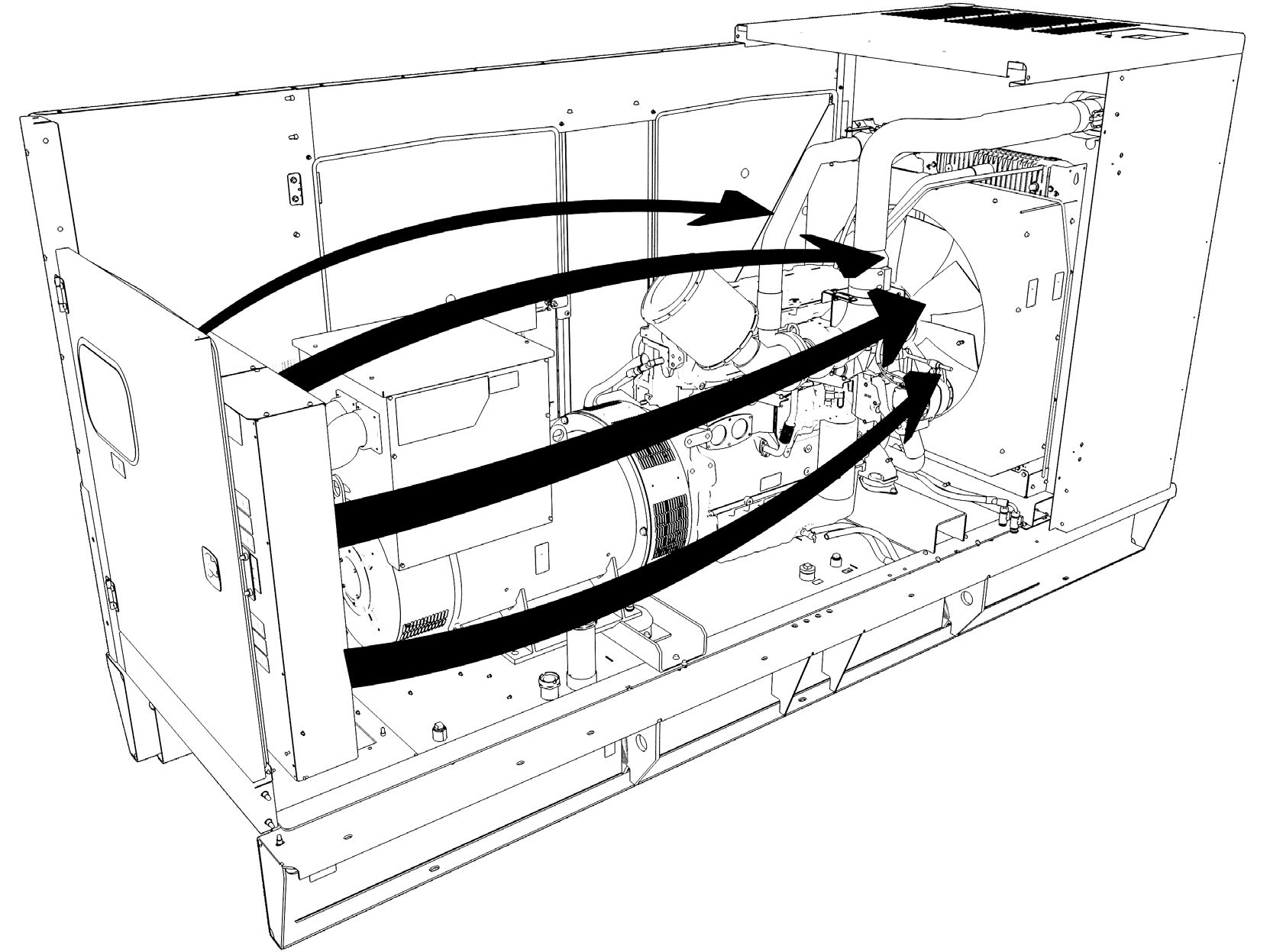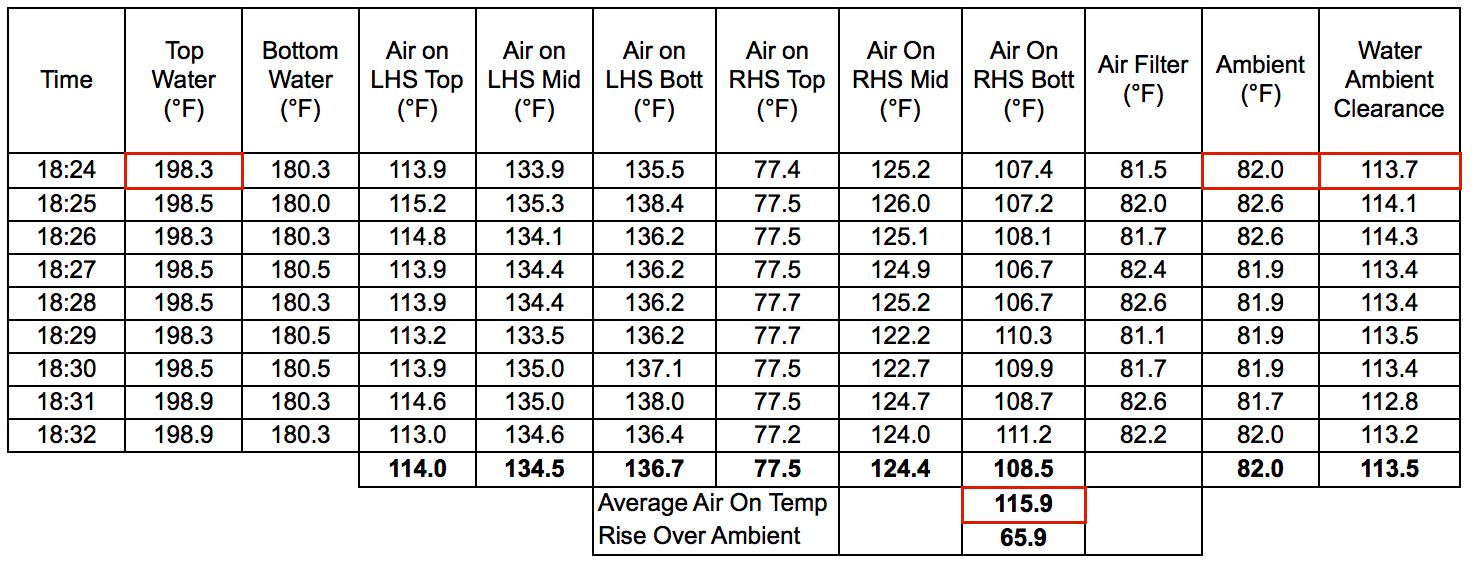

Sign In
Welcome! Sign In to personalize your Cat.com experience
If you already have an existing account with another Cat App, you can use the same account to sign in here
Register Now
One Account. All of Cat.
Your Caterpillar account is the single account you use to log in to select services and applications we offer. Shop for parts and machines online, manage your fleet, go mobile, and more.
Account Information
Site Settings
Security
Ambient Capability of Enclosed Generator Sets
Roger Rosborough
Market Development Consultant
Caterpillar Northern Ireland
November 2016
INTRODUCTION
In order for generator sets to function as intended in hot climates, users must assess the ambient capability of the model prior to acquisition. The ambient capability, or ambient clearance of a generator set, is defined as the maximum ambient temperature in which the cooling system can operate effectively without causing the generator set to shutdown due to high engine temperature. Site conditions, including the altitude and relative humidity, will cause the ambient capability to vary.
When an enclosure is fitted to a generator set with a radiator and pusher/blower fan, it will lower the ambient capability of the generator set. This is due to both increased restriction of the cooling air and heating of the cooling air before it reaches the radiator core. As the air travels from the rear of the enclosure, it picks up heat from the alternator discharge, exhaust manifold, turbo and exhaust pipework, and from heat radiated from the cylinder block and head. The open generator set ambient capability must therefore be sufficiently high to compensate for the air flow restriction and heating effects associated with the enclosure.
It is the outside air temperature which defines the ambient capability of the generator set – we cannot quote the higher air temperature at the radiator core as being the ambient capability.
The ambient capability of a generator set should be quoted at full load, which would account for the most arduous running condition since the ambient capability would obviously improve when running at lower loads with less heat being rejected from the engine and alternator.
To ensure the ambient capability of generator sets with enclosures fitted will perform as expected, factory testing should be completed by the design engineers.
Factory Test Example
As an example, during a factory test, full load is applied for approximately one hour, and then when the top tank coolant temperature is stable, multiple temperatures are logged at one minute intervals to provide nine sets of readings, which are then averaged. Multiple temperature probes are fixed to the generator set to measure temperature at various locations including:
- Six air temperature points on radiator core
- Top tank coolant temperature Bottom tank coolant temperature
- The test sample in Table 1 shows the heating effect on the cooling air of a generator set with an enclosure fitted.


At 18:24 in Table 1, the ambient temperature was reported to be 82°F. In this example, the maximum allowable top tank temperature is 230°F. To find the ambient capability of this generator set, the measured top tank water temperature is subtracted from the maximum allowable top tank temperature which is then added to the ambient temperature. So at 18:24, the ambient capability = (230 – 198.3) + 82.0 = 113.7°F. In this case, the generator set can continue to operate at full load with an outside air temperature of nearly 114°F. When the ambient temperature is at the maximum 114°F (generator set ambient capability), the air temperature at the radiator core would be 148°F.
CONCLUSION
Fitting an optional enclosure to a generator set will lower its ambient capability as the cooling air flow will be restricted and heated. When specing a generator set with an enclosure for use in a hot climate, ambient capability is a top concern. The ambient capability of an enclosed generator set refers to the maximum outside air temperature, not the maximum air temperature at the radiator core.
About the Authors
Roger Rosborough is a market development consultant at Caterpillar Northern Ireland.

